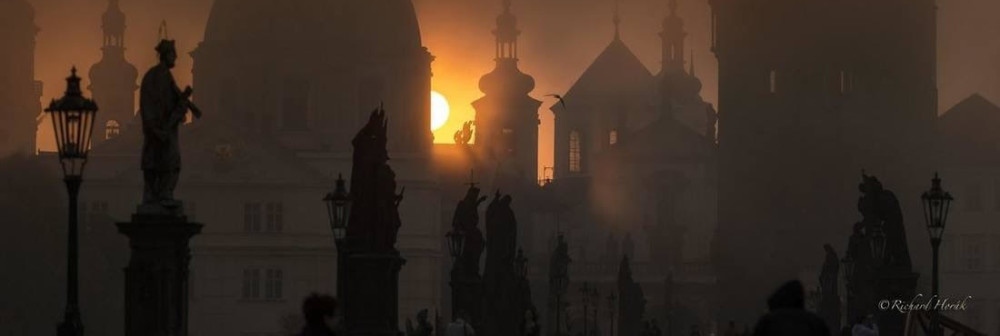
An icon depicting the three hierarchs: Basil the Great, John Chrysostom, and Gregory the Theologian.
In “The Song of Roland,” the hero Roland wields a sword said to contain within its golden hilt one tooth of Saint Peter, blood of Saint Basil (one of the 3 hierarchs), a hair of Saint Denis, and a piece of the raiment of the Blessed Virgin Mary; the sword is therefore reported to be the sharpest sword in all existence.In the poem, Roland uses the sword to hold off a hundred-thousand-strong Muslim army — the perennial enemies of Byzantium as well — long enough for Charlemagne’s army to retreat into France.
Roland attempted to destroy the sword to prevent it from being captured by the attacking Saracens and created La Brèche de Roland in the Pyrenees in the process. But the sword proved indestructible, so he hid it beneath his body along with the oliphant, the horn used to alert Charlemagne.
Local folklore claims that the sword still exists, preserved in Rocamadour, France, embedded in a cliff wall. In the twelfth century, the monks of Rocamadour claimed that Roland threw the sword at the cliff rather than hid it beneath himself.
The Three Hierarchs of Eastern Christianity refers to Basil the Great (also known as Basil of Caesarea), Gregory the Theologian (also known as Gregory of Nazianzus) and John Chrysostom. They were highly influential bishops of the early church who played pivotal roles in shaping Christian theology. In Eastern Christianity they are also known as the Three Great Hierarchs and Ecumenical Teachers, while in Roman Catholicism the three are honored as Doctors of the Church. The three are venerated as saints in Eastern Orthodoxy, Catholicism, Anglicanism and other Christian churches.
